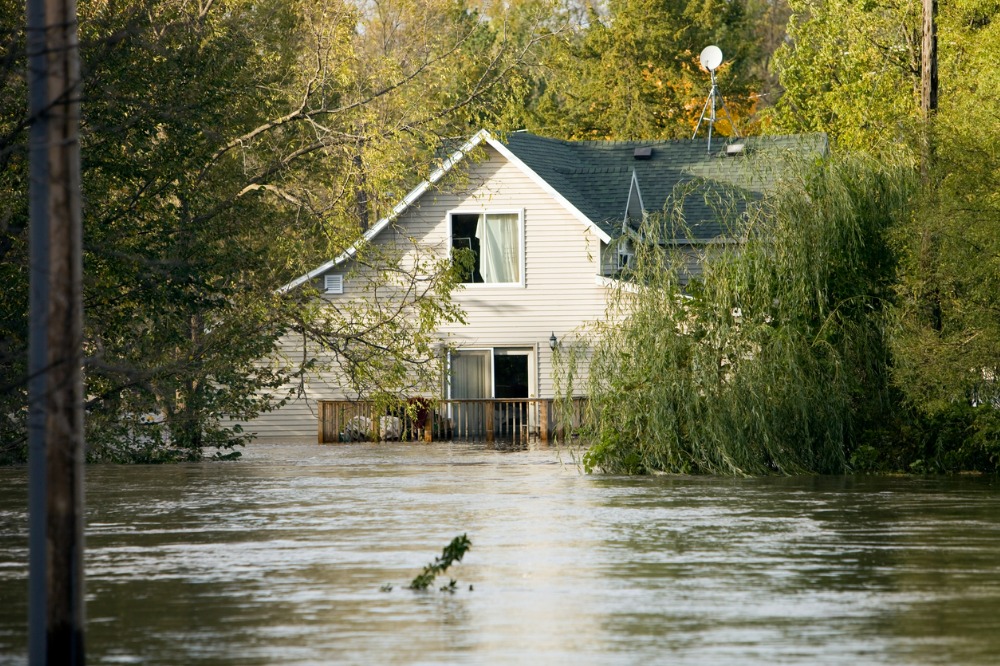California flood losses revealed

Starting on Dec. 26, the West Coast was impacted by a series of tropical cyclones that resulted in heavy rainfall, causing overtopped rivers, flash floods, levee breaches, mudslides and more, along with some wind damage.
The rainfall intensity in California was so extreme that several locations in the central part of the state set three-week record rainfall, and some locations received their annual average rainfall totals in less than a month.
Infrastructure damage in the state was extensive. A combination of flooding and mudslides damaged state highways and local roads, and trees were uprooted by high water velocities, saturated soil and heavy winds, which also damaged power networks, cars and properties, Moody’s RMS said.
Continuous rainfall and impacts from riverine-groundwater-coastal interactions also caused prolonged flooding in some urban coastal areas.
Read next: UK-based flood insurer to launch in US
The cyclones impacted California after a prolonged drought. 2022 was the second-driest year in more than 128 years for certain areas of the state, and was classified under “extreme drought” according to the National Drought Information System.
Even with the flooding, it is unlikely that California is out of the drought, especially when it comes to aquifer replenishment, Moody’s RMS said. The high-intensity rainfall from the storms resulted in a high proportion of rainfall running off into the ocean, while aquifers generally recharge gradually from less intense rainfall and snowmelt.
A relatively small proportion of the economic impact is expected to be covered by insurance, Moody’s RMS said. The share of California households with flood insurance is less than 2%, and has been falling steadily. As of August 2022, there were only 193,281 residential NFIP policies in place in the state, a decline of about 5% from 2021.
“Extreme drought leads to soil compaction which means less infiltration and more runoff, hence less aquifer recharge and higher risk of flooding,” said Firas Saleh, director of product management at Moody’s RMS. “Nowhere is safe from flooding in California today. If we’ve learned anything from this extreme rainfall and subsequent damage, it’s that even perceived low-risk flood zones are still flood zones. If it rains, it can overflow.”
How have your customers been impacted by the floods? Let us know in the comments below.





